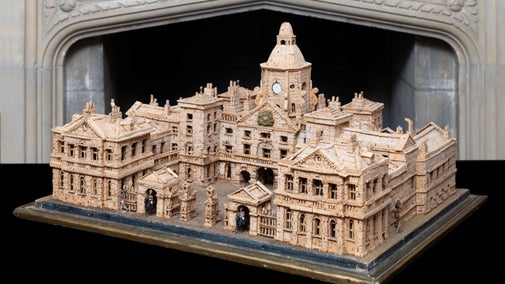Picking the highlights
With more than one million objects at over 200 historic places, the National Trust looks after one of the world’s most significant collections of heritage objects and fine art. '125 Treasures from the Collections of the National Trust' brings together a selection of highlights.
Over 60 curators and specialists helped select the objects from places across England, Wales and Northern Ireland to reflect the quality and range of the collections in our care.
The book takes readers on a journey through time starting with an Ancient Greek vase and ending with 20th-century design.
Telling stories of our past
These treasures have fascinating stories to tell about the people who made, commissioned, acquired, saw or used them. Some of the objects have influenced the course of history, such as the first national atlas of Britain, created in the time of Elizabeth I to plan defences against Spanish forces. Other objects tell more personal stories, including the portrait of trusted housekeeper Mary Garnett at Kedleston Hall in Derbyshire, who guided tourists around the house in a career spanning 40 years.
The selection also includes a 17th-century box with a secret door embroidered in expensive silver and gilt threads, and a meticulously annotated photo album taken with rare colour slide film capturing the excavation of Sutton Hoo, Suffolk.






















